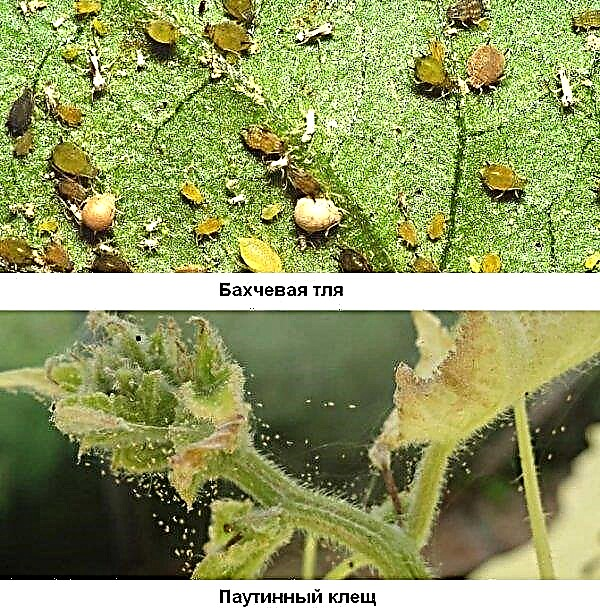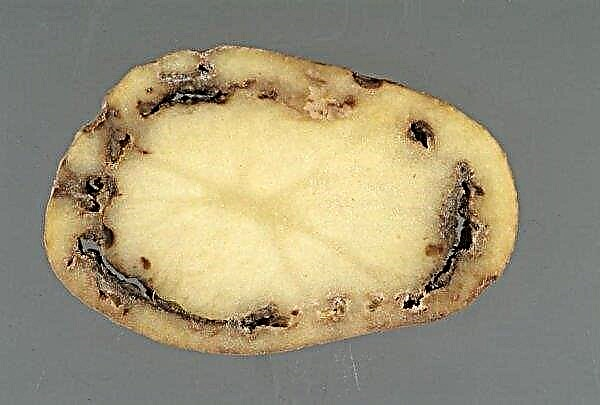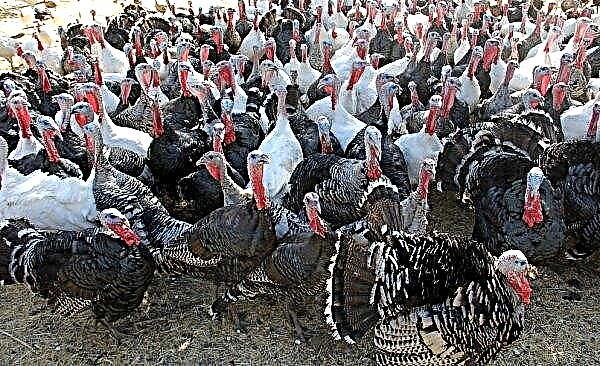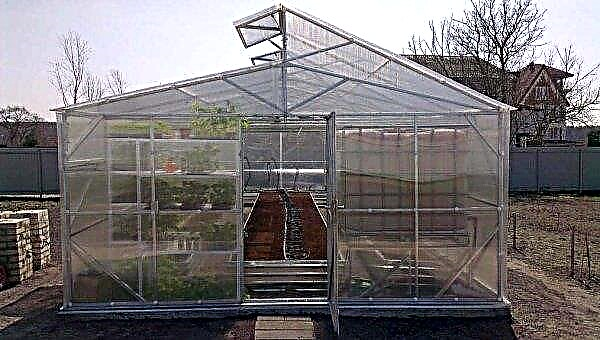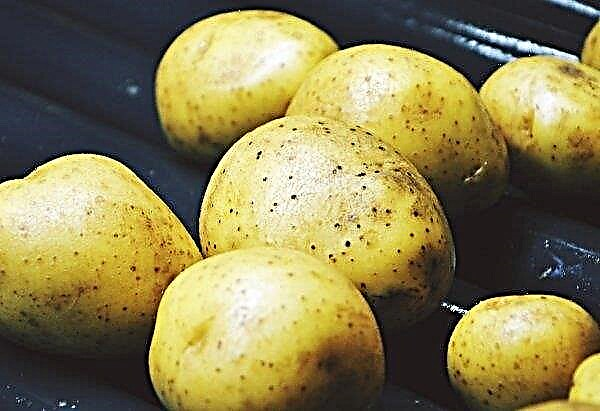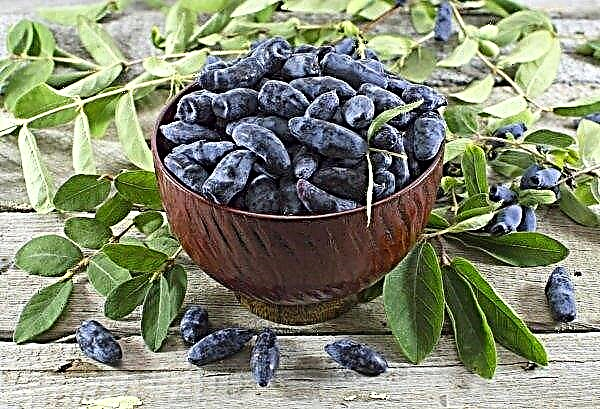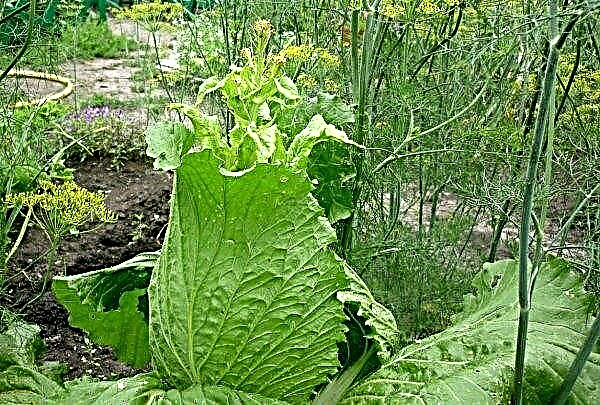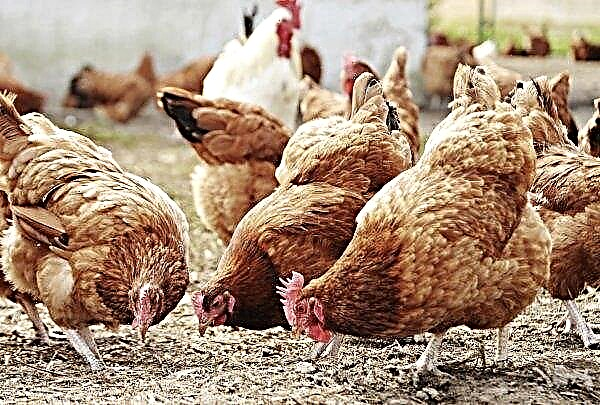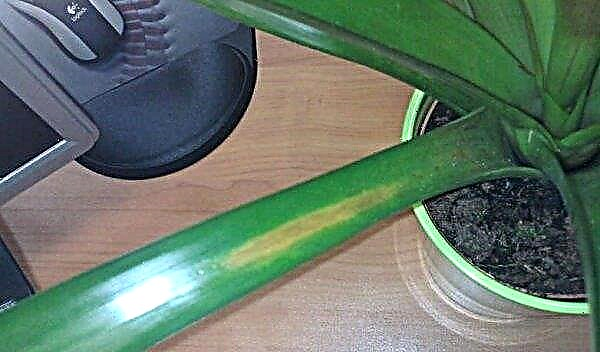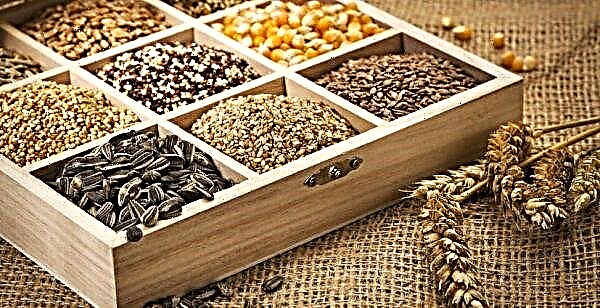Microbiota is considered one of the most exotic species of conifers used in modern landscape design. This species fits perfectly into any composition on the site, and it can also become the center of the entire flowerbed. The article describes in detail the main characteristics of this ornamental shrub, as well as a description of the most popular plant varieties.
The genus of microbiota and the history of discovery
The term "microbiota" means a specific genus of evergreen coniferous shrubs belonging to the Cypress family. The genus consists of only one species, the so-called cross-pair microbiota (microbiota decussata).
In the natural environment, this plant is a typical representative of the flora of the Russian Far East. Here, the plant is massively found in a rather limited area, occupying the southern and western slopes of Sikhote-Alin. That is why this species is listed in the Red Book and is considered a rare flora, gradually limiting its number.
For official science, this plant was discovered relatively recently. It was first described by the famous Russian botanist Ivan Shishkin in 1921 on an expedition to the Livadia Mountain Range. A microbiota was discovered on top of Mount Hualaza, which today is called Krinichnaya. However, initially the scientist took this plant for one of the varieties of juniper.
Did you know? The oldest living organism on the planet is the so-called clonal colony "Pando". This is an aspen-shaped poplar grove with an area of 43 hectares, which is a single organism, about 80 thousand years old.
In 1923, thanks to Academician Vladimir Komarov, the shrub was separated into a separate group. Studying herbarium specimens, Komarov concluded that in front of him was a previously unexplored plant, which is very similar to an oriental plane branch, widely found in southern China. Often it is called as a “biota”, therefore, a new shrub, like a miniature copy of a plane-branch, was called by the scientist “microbiota”.
For many decades, the microbiota was unknown in the scientific world, the isolation of the USSR from other countries did not allow scientists to present their find abroad. The first foreign articles about this species appeared only in the 90s of the XX century, which is considered the beginning of the cultivation of this species in the zone of artificial landscape.
Video: History of discovery and description of cross-linked microbiota
Botanical description of the cross-linked microbiota
Microbiota is a small branchy shrub of coniferous type. Its main aerial mass is represented by large and creeping shoots developing from a basal rosette. The maximum height of the bush does not exceed 1 meter, while on average it manages to reach a length of up to 50–80 cm. Under favorable conditions, the bush completely covers the growth area, creating elegant evergreen thickets with a diameter of 2–5 m.
Did you know? According to the assumptions of scientists, landscape design is one of the oldest occupations of mankind. Its origins date back to the time of the emergence of agriculture, about 9–13 thousand years ago.
The branches of the microbiota are slightly flattened, with a thin bark of brown color. They are abundantly covered with small soft and elastic needles up to 2 cm long. The needles of the shrub are oval, scaly-like, but on the inner part of the branches, with constant shading, they can become needle-shaped.
 The color of the needles is quite saturated, all kinds of bright green tones. During the fall and winter, the hue changes to brown, after which it is restored to green as the thaw.
The color of the needles is quite saturated, all kinds of bright green tones. During the fall and winter, the hue changes to brown, after which it is restored to green as the thaw.
The shrub belongs to monoecious representatives of the flora, therefore, it reproduces in the natural environment due to cross pollination. This process takes place throughout spring, which by the beginning of autumn allows the formation of small oval wingless brown seeds. Microbiota megastrobiles are scaly, dry and elongated, about 3 mm wide and up to 6 mm long.
Each megastrobil forms no more than one seed.The root system of the shrub is highly branched, it has several main roots, from which dozens of smaller additional ones leave. This feature allows the species to grow and multiply safely even on rocky sites and elephants, where often the soil layer does not exceed several tens of centimeters.
Microbiota grows rather slowly. The average growth of the plant is not more than 7 cm per year. At the same time, the species is considered a long-liver, today many specimens are known, whose age is about 100 years.
Important! The microbiota does not tolerate transplantation, the procedure extremely negatively affects the root system and leads to the death of the bush. That is why before planting a plant, you must definitely plan all the elements of the landscape.
Landscape design application
Traditionally, in landscape design, the plant is used as a native species. Only a few bushes are able to create a thick carpet, which can successfully complement any personal plot. In this case, the microbiota is most harmoniously combined with any other coniferous tree or shrub, as well as artificial stony inclusions, including in rock gardens.
- In addition, all kinds of decorative properties of the bush are actively used for:
- additions to heather gardens;
- creating dense vegetation in the shady areas of the site;
- decoration of retaining walls;
- refinement of artificial and natural slopes.
Varieties of microbiota
Despite the fact that microbiota is the only species in the generic taxonomy, today several varietal plant hybrids are known at once. Unlike the wild-growing form, they are distinguished by enhanced aesthetic properties, which makes it possible to perfectly complement any garden design depending on specific conditions.
Jacobsen
Microbiota Jacobsen (microbiota jacobsen) is distinguished by a compact crown, which is formed by raised, vertically growing shoots. Over time, the branches characteristically bend, acquiring arched outlines. The average height of an adult bush (about 10 years old) is 40 cm, but the maximum can be about 1.5 m. In this case, a special decorative dwarfness of the bush persists for several decades.
 The needles are saturated green, which from autumn to spring changes to shades of brown.
The needles are saturated green, which from autumn to spring changes to shades of brown.
This is a fairly unpretentious plant, it can actively grow and develop on almost any soil, with a minimum of nutrients. However, the most decorative specimens grow on well-fertilized sandy-loamy or loamy substrates, with a pH in the range of 4.5–7.5. He loves the Jacobsen variety and good lighting, however, in the absence of slight shading, the needles can get thermal burns.
Important! The microbiota Jacobsen dies even with a short drought, so it is not recommended to grow it in excessively arid regions.
Carnival
This plant is characterized by powerful spreading branches pressed to the ground. The adult bush does not exceed 50 cm in height, forming a crown up to 1.5 m in diameter. When cultivated for 40 years, the microbiota Carnival (microbiota carnaval) is able to extend up to 1 m and grow up to 5 m in diameter.In autumn and winter, the yellow color changes to brown tones, and the main color - to gray-brown.
 A characteristic feature of the variety is saturated green needles, the tips of which are painted yellow. This feature became the main reason for the emergence of the variety name.
A characteristic feature of the variety is saturated green needles, the tips of which are painted yellow. This feature became the main reason for the emergence of the variety name.
Prefers the microbiota Carnival sites located in the shaded parts of the garden. At the same time, beds should have a moderately water-absorbing and well-drained substrate. The plant does not put forward special requirements for soil nutrition, so it can grow well even on poor soils.
Goldspot
Microbiota varieties Goldspot (microbiota goldspot) has several distinctive characteristics at once. First of all, the main highlight of the plant is a delicate lemon aroma, which on the fault exude needles. In addition, the main color of the needles is a saturated malachite color, emphasized by light yellow branches.
 Goldspot is distinguished by increased shade tolerance, which is why it is actively cultivated in areas with minimal lighting. At the same time, the variety does not tolerate excessive moisture and requires a well-drained substrate with a slightly acidic pH (4.5–5.8).
Goldspot is distinguished by increased shade tolerance, which is why it is actively cultivated in areas with minimal lighting. At the same time, the variety does not tolerate excessive moisture and requires a well-drained substrate with a slightly acidic pH (4.5–5.8).
The hue of the plant as the onset of cold weather becomes more saturated. The main dimensions of the bush are typical, the average height of an adult plant is about 0.5–1 m, and the diameter of the crown does not exceed 2-3 m.
Lucas
Microbiota Lucas (microbiota lucas) has a rich green-yellow needles, which in the cold season becomes copper-brown. The bush is extremely compact, the height of the average plant is only 25 cm, while the crown diameter does not exceed 0.5–1 m. This feature allows cultivating the Lucas variety in areas with limited space. The needles on the fault highlight a light aroma with notes of acidity, which is one of the features of the hybrid.
 Outwardly, such a plant resembles a hybrid of conifers or creeping forms of thuja.
Outwardly, such a plant resembles a hybrid of conifers or creeping forms of thuja.
For safe growth and development, the variety requires moderately lit and well-fertilized areas. Loamy and loamy substrates with a high proportion of organic compounds are best suited for this. Lucas can tolerate mild drought, while it is extremely important that the soil in the site is moderately water-intensive and also have good drainage.
Diseases and Pests
Despite the fact that the microbiota has been known in culture for more than two decades, to this day not a single species-specific pest and infection has been identified that can harm the plant. It is distinguished by increased immunity to all parasitic insects known in the garden, bacterial, viral or fungal infections. However, if moderation of irrigation is not observed, the shrub can be affected by root rot, but if all the subtleties of growing the crop are observed, this problem does not occur.
Today, the microbiota is not considered a traditional element of landscape design, since in the culture this shrub became widely known only a few decades ago. However, this plant should not be ignored, because with its help you can supplement almost any garden composition. But for this, first of all, it will be necessary to create an effective irrigation system for flower beds, as well as high-quality soil drainage.

